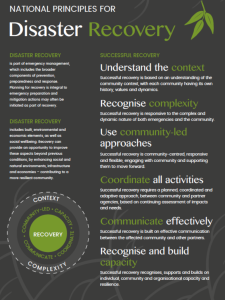
(Source: Community-led recovery, Australian Institute for Disaster Resilience)
Step 1 – Understanding your context – Learn about and adopt community-driven recovery planning and use a place-based approach
Each community and organisation has its own background, history, values, and circumstances. Understanding this context, the strengths and vulnerabilities are crucial to an efficient Disaster Recovery Plan.
A place-based approach is a needs-based approach that aims to build a picture of the elements of a system and aims to highlight the strengths, knowledge and complexity of a community.
Community-led disaster recovery is widely supported but not well-defined. The National Principles for Disaster Recovery describe it as being
“community-centred, responsive and flexible, engaging with community and supporting them to move forward.”
(Source: Mental Health Commission of New South Wales)
The Creative Recovery Network collaborates with the creative sector – individual artists, arts workers, and arts organisations – to support the ongoing activation of creative programs in disaster preparedness, response and recovery.
The required elements for a successful community-led recovery that builds resilience are:
- Inclusion of all parts of the community
- Skills and knowledge
- Support tailored to the community’s needs
- Financial and physical resources
- Support from non-local organisations (funding, staff, volunteers, practical resources)
- Processes that deliver timely action
(Source: Mental Health Commission of New South Wales)
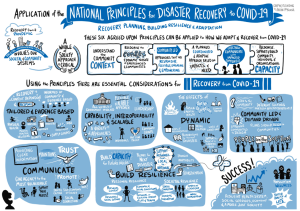
(Source: Australian Disaster Resilience Knowledge Hub)
Find out more:
Planning and preparing for community-led disaster recovery: A guide for local organisations Mental Health Commission of New South Wales
Step 2 – Learn from case studies
Case studies
Disasters increase in their frequency and intensity. We are continuously learning from extreme weather events in Australia and worldwide and have increasing access to disaster responses that were successful or failures. Reviewing disaster recovery evaluation reports and case studies can be a great help in preparing for your DRP
Here are some example case studies:
Podcasts, Stories and Case Studies NSW Council of Social Services
CASE STUDY: The road to recovery – Queensland and New South Wales floods 2022 12-month report
Kimberley flood recovery assistance
Kimberley flood recovery information
Working with Aboriginal and Torres Strait Islander communities in disaster recovery
When working with Aboriginal and Torres Strait Islander Peoples in disaster recovery, it is essential to understand the deep connection communities have with Country. Approaches to disaster management must be culturally safe, trauma-informed, and centred on self-determination. This ensures recovery efforts are both respectful and effective, recognising the unique knowledge systems and resilience that Aboriginal and Torres Strait Islander Peoples bring to managing environmental crises. By building meaningful relationships and engaging in culturally appropriate practices, organisations can support sustainable recovery that honours and integrates Indigenous ways of knowing and living with Country.
Guides and resources:
Working with Indigenous communities in disaster recovery
Step 3 – Define and understand your roles
Disasters like floods, bushfires, droughts, and COVID-19 are happening more frequently in many Australian communities. Local organisations are increasingly using their everyday skills to support their communities’ well-being during and after disasters. These organisations help in many ways, such as providing services, supporting vulnerable people, organising social events, volunteering, and sharing information. When disasters occur, their skills remain vital for long-term recovery and well-being. There is growing recognition that community-led disaster recovery and resilience-building are more effective. However, despite having essential skills, local organisations often lack training and preparation for disaster recovery and struggle to manage increased demand.
To address this, the guide “Planning and Preparing for Community-Led Disaster Recovery: A Guide for Local Organisations” poses the following questions to help define your roles:
- Identify the roles you contribute to disaster recovery and resilience in your community.
- Plan and prepare effectively for these roles.
Visit: The Role of Community Service Organisations During and After Disaster
Step 4 – Develop a DRP
To develop a DRP, consider the following:
There are three stages of recovery:
- Early Recovery
- Mid-Term Recovery
- Long-Term Recovery
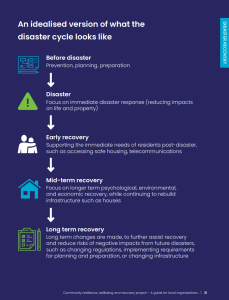
(Source: NSW Mental Health Commission)
Recovery takes into consideration the four environments given below:
Social Environment
It focuses on how disasters affect the health and well-being of individuals, families, and communities. It is mainly concerned with ensuring safety, security, and shelter for everyone. The goal is to restore the community’s health and mental well-being, helping everyone recover and thrive after a disaster.
Built environment
It considers the impacts of disasters on physical infrastructure and includes essential services, commercial and industrial facilities, public buildings, assets, and housing.
Economic environment
It examines the direct and indirect financial impacts of disasters and considers effects on individuals, businesses, primary producers, and the broader economy.
Natural environment
It focuses on the impacts of disasters on a healthy and functioning environment and includes considerations for air and water quality, land degradation and contamination, plant and wildlife damage/loss, and the preservation of natural reserves/parks, cultural, and heritage sites.
To develop a DRP, you can review one of the templates below.
DRP templates:
Disaster Recovery Plan Template (Disaster Recovery Plan Template)
Disaster Recovery Plan Templates (Smartsheet)
Disaster Recovery Planning Templates (Queensland Government)
DRP checklist:
Planning for Recovery (pre-event): Applying the National Principles for Disaster Recovery Social Recovery Reference Group Australia
Step 5 – Ensure a recovery budget
Having enough financial resources is important for a good disaster recovery. The below template can be used to make a case for the financial backing of your disaster recovery plan. Creating a draft budget is often helpful in getting senior management approval for a disaster recovery program, along with providing evidence of proper planning and justification. While budget preparation can take time, using tools like this template can make it less overwhelming for business continuity and disaster recovery programs. Use the tips and template to justify the budget your disaster recovery team needs.
Disaster Recovery Budget Template (TechTarget, Disaster Recovery)
Podcast
CREATIVE RESPONDERS Podcast – In Conversation Series – Creative Recovery Network (CRN)
CREATIVE RESPONDERS Podcast – Documentary Series – Creative Recivert Network (CRN)
Read more
Disaster Assist – Governmental Website
What can you do after an emergency – list of available assistance
Help during and after Disaster – Fact Sheets
